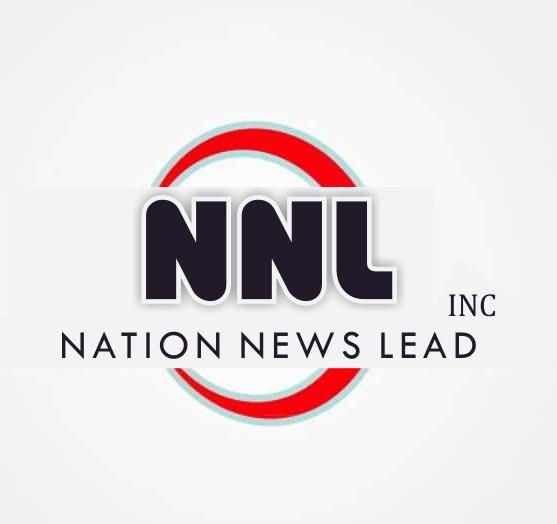There’s a popular saying that the “first 100 Days is always magical”.
In the spirit of the new year, let’s dive into the financial roadmap for your first 100 Days in 2025.
My question is, what should your first 100 days of the year look like financially?
You see, the first 100 days of the year set the tone for the rest of the year. It’s a time to create habits, build momentum, and make deliberate decisions that will impact your finances for the next 12 months.
As you set the right financial tone for the year; you won’t need to follow others on a new year, new resolution trip that never comes to realisation.
So, here’s a financial roadmap I designed for you to get you started:
Day 1-30; that is January 1- 31st 2025: Dedicate your first 30 days to assessment and goal-setting. Assess your current financial situation and set goals for the next 100 days.
Take a record of your savings account balance (if any), your investment account and other asset type.
Take some time to:
– Review your budget and expenses
– Check your debt/loan balance (if any). It’s possible that your creditors may be planning to increase your interest loan to match the reality of the new year and other government regulations.
– Set specific, measurable, achievable, relevant, and time-bound (SMART) financial goals
For example, your goals might include:
– Paying off a certain amount of debt
– Building an emergency fund
– Increasing your income through an additional source of income
Day 31-60; February 1st – March 3rd, 2025: Create a budget and cut down on expenses.
Now that you have a clear picture of your finances and goals, it’s time to create a budget that aligns with your objectives. Never spend any money outside your budget.
Focus on:
– Creating a budget that accounts for every single expense
– Cutting back on unnecessary expenses
– Allocating 50-30-20: 50% for necessities, 30% for discretionary spending, and 20% for savings and debt repayment
Some ways you can cut back on expenses include:
– Cooking at home instead of eating out
– Canceling subscription services you don’t use
– Finding ways to reduce your transportation costs
Day 61-100: Investing and Building Wealth
The final 40 days should be all about investing and building wealth.
Consider:
– Investing in your retirement account
– Building an emergency fund to cover 3-6 months of living expenses
– Exploring other investment options, such as stocks, mutual funds, or real estate
For example, you can also consider:
– Investing in a diversified portfolio of stocks and bonds
– Starting a small business or additional source of income
– Investing in real estate through a rental property or real estate investment trust (REIT)
Please avoid these common mistakes:
– Not tracking your expenses or income
– Not being consistent with your saving and investing
By avoiding these mistakes and following the roadmap outlined above, you’ll be well on your way to creating healthy financial habits, building wealth, and achieving your goals.
Never forget that your first 100 days of the year are crucial in setting the tone for your financial future.
So, what will your first 100 days look like financially? Let’s make it count!
Let me know if you find this helpful.
READ ALSO: Tips for achieving financial independence in your 30s







